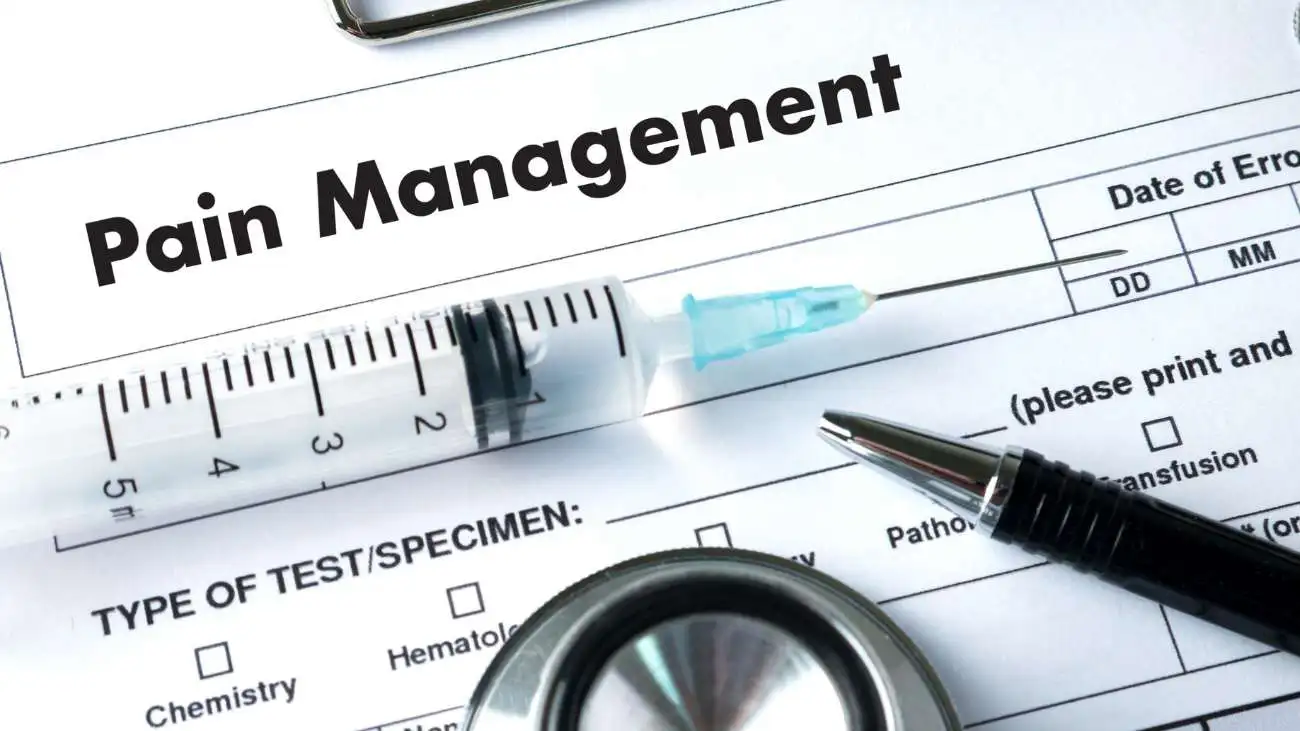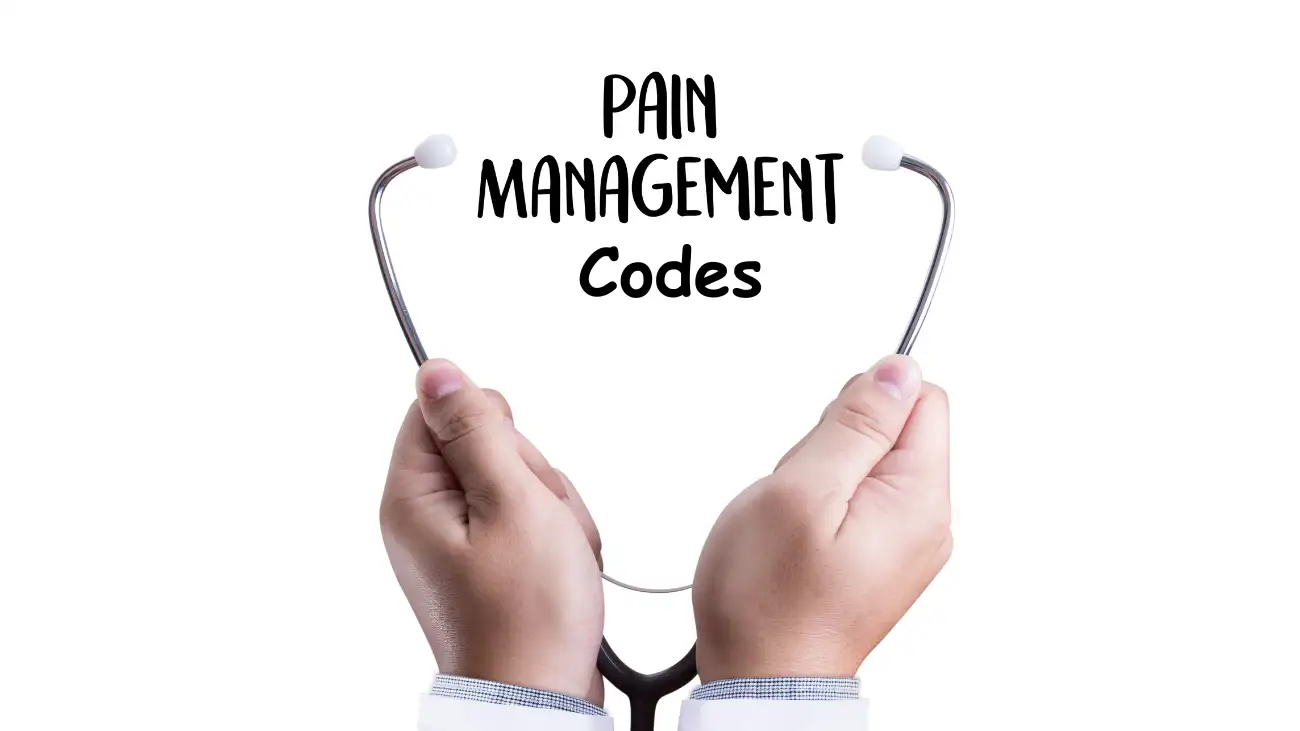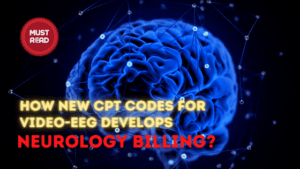Treatment approaches for pain vary depending on the specific disease, disorder, type, and location of pain. The pain management revenue cycle management (RCM) process plays a vital role in the efficient operation of healthcare facilities.
One crucial aspect of this process is the accurate usage of pain management codes as specified according to the CPT and ICD guidelines.
From simple procedures to more complex ones, there’s a wide range of coding involved. But here’s the catch – to select the right codes, you need to have a good grasp of basic coding knowledge, be familiar with medical terminology, and follow the pain management coding guidelines. Pain management codes cover a spectrum of procedures, ranging from straightforward to intricate coding.
It’s like putting together puzzle pieces to accurately represent the pain management services provided. This article will explore the importance of using the right CPT codes for pain management and their impact on healthcare organizations.
Table of content:
- Pain Management Coding Cheat Sheet
- Pain Management ICD-10 Pain Codes
- Some common pain management ICD 10 codes
- Post Operative Pain Management Codes
- Pain disorders are related to psychological factors
- Category G89 codes are acceptable as the principal diagnosis or the first-listed code
- Chronic pain syndrome
- Neoplasm-Related Pain Code
- Complex Care Management Codes
Pain Management Coding Cheat Sheet:
The Centers for Medicare and Medicaid Services (CMS) has finalized coverage and payment of new chronic pain management (CPM) bundled payment codes, effective January 1, 2023.
According to CMS, “Chronic pain management and treatment, a monthly bundle including, diagnosis; assessment and monitoring; administration of a validated pain rating scale or tool; the development, implementation, revision, and/or maintenance of a person-centered care plan that includes strengths, goals, clinical needs, and desired outcomes; overall treatment management; facilitation and coordination of any necessary behavioral health treatment; medication management; pain and health literacy counseling; any necessary chronic pain related crisis care; and ongoing communication and care coordination between relevant practitioners furnishing care, e.g. physical therapy and occupational therapy, complementary and integrative approaches, and community-based care, as appropriate. required initial face-to-face visit of at least 30 minutes provided by a physician or other qualified health professional; first 30 minutes personally provided by a physician or other qualified health care professional, per calendar month. (When using g3002, 30 minutes must be met or exceeded.)”

Pain Management ICD-10 Pain Codes:
The ICD-10-CM Official Guidelines for Coding and Reporting include extensive notes and instructions for coding pain. Pain codes are found in many ICD-10 chapters such as Chapter 6 (G00-G99 – Diseases of the Nervous System), Chapter 7 (H00-H59 – Diseases of the Eye & Adnexa), Chapter 13 (M00-M99 Diseases of the Musculoskeletal System and Connective Tissue), and Chapter 19 (S00-T88 – Injury, Poisoning, and Certain Other Consequences of External Causes).
Some common pain management ICD 10 codes:
- 0 Central pain syndrome Chronic Condition
- 11‑G89.18 G89.1 Acute pain, not elsewhere classified
- 21‑G89.29 G89.2 Chronic pain, not elsewhere classified
- 3 Neoplasm related pain (acute) (chronic)Chronic Condition
- 4 Chronic pain syndrome
Post Operative Pain Management Codes:
- A peripheral nerve block injection (CPT codes 64XXX) for postoperative pain management may be reported separately with an anesthesia 0XXXX code only if the mode of intraoperative anesthesia is general anesthesia
- If an epidural or peripheral nerve block injection (62320-62327 or 64400-64530 as identified above) for postoperative pain management is reported separately on the same date of service as an anesthesia 0XXXX code, modifier 59 or XU may be appended
- CPT codes 62320-62327 may be reported on the date of surgery if performed for postoperative pain management, rather than as the means for providing the regional block for the surgical procedure.
Pain disorders related to psychological factors:
- Assign code F45.41, for pain that is exclusively related to psychological disorders.
- Code F45.42, Pain disorders with related psychological factors, should be used with a code from category G89, Pain, not elsewhere classified, if there is documentation of a psychological component for a patient with acute or chronic pain.
Category G89 codes are acceptable as the principal diagnosis or the first-listed code:
- When pain control or pain management is the reason for the admission/encounter The underlying cause of the pain should be reported as an additional diagnosis if known.
• When a patient is admitted for the insertion of a neurostimulator for pain control, assign the appropriate pain code as the principal or first-listed diagnosis. When an admission or encounter is for a procedure aimed at treating the underlying condition and a neurostimulator is inserted for pain control during the same admission/encounter, a code for the underlying condition should be assigned as the principal diagnosis and the appropriate pain code should be assigned as a secondary diagnosis.
Neoplasm-Related Pain Code:
G89.3 is assigned to pain documented as being related, associated or due to cancer, primary or secondary malignancy, or tumor. This code is assigned regardless of whether the pain is acute or chronic.
Chronic pain syndrome:
Central pain syndrome (G89.0) and chronic pain syndrome (G89.4) are different than the term “chronic pain,” and therefore codes should only be used when the provider has specifically documented this condition.
Pain due to medical devices:
Specific codes for pain due to medical devices are found in the T code section of the ICD-10-CM. Use additional code(s) from category G89 to identify acute or chronic pain due to the presence of the device, implant, or graft (G89.18 or G89.28).
Complex Care Management Codes:
- CPT code – 99487 complex CCM is a 60-minute timed service provided by clinical staff to substantially revise or establish a comprehensive care plan that involves moderate- to high-complexity medical decision making.
- CPT code 99489 is each additional 30 minutes of clinical staff time spent providing complex CCM directed by a physician or other qualified healthcare professional (report in conjunction with CPT code 99487; cannot be billed with CPT code 99490)
The scope of medical coding and billing for Pain Management can be quite complicated, as the associated codes are spread across both category I and category III of the AMA CPT codebook.
At QWay Healthcare, we are dedicated to assisting your practice with medical billing, coding, and revenue cycle management. Our medical billing services adhere to the highest standards of HIPAA compliance, and our team consists of certified professionals. Moreover, our medical credentialing services are meticulously organized, following accurate workflow management procedures.




